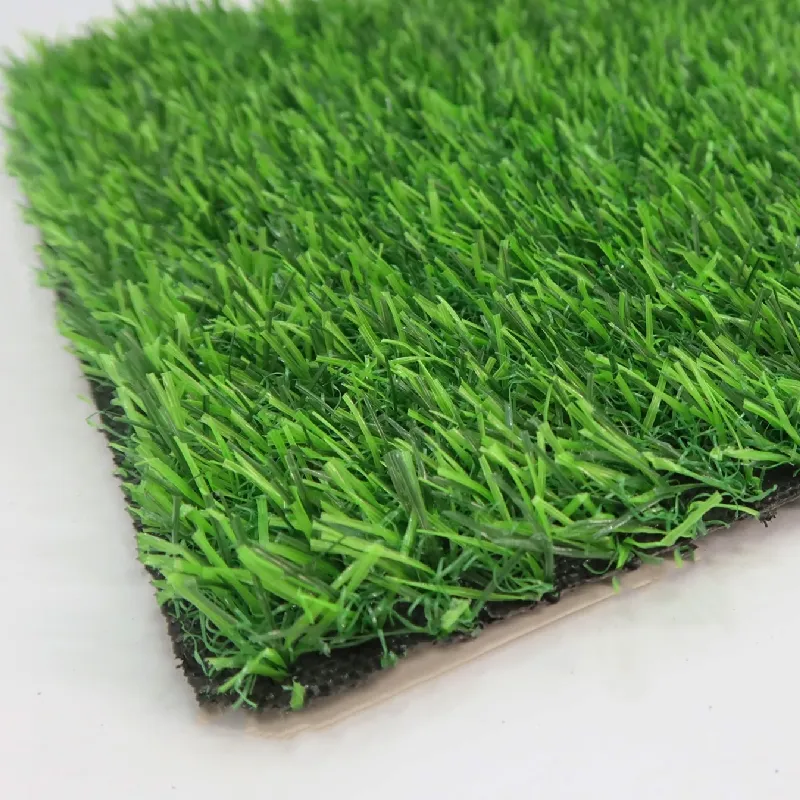
- Afrikaans
- Arabic
- Belarusian
- Bengali
- Czech
- Danish
- Dutch
- English
- Esperanto
- Estonian
- Finnish
- French
- German
- Greek
- Hindi
- Hungarian
- Icelandic
- Indonesian
- irish
- Italian
- Japanese
- kazakh
- Rwandese
- Korean
- Kyrgyz
- Lao
- Latin
- Latvian
- Malay
- Mongolian
- Myanmar
- Norwegian
- Persian
- Polish
- Portuguese
- Romanian
- Russian
- Serbian
- Spanish
- Swedish
- Tagalog
- Tajik
- Thai
- Turkish
- Turkmen
- Ukrainian
- Urdu
- Uighur
- Uzbek
- Vietnamese
football field turf
Dec . 22, 2024 03:19 Back to list
The Evolution and Impact of Football Field Turf
Football, an exhilarating sport that captures the hearts of millions, has seen many changes since its inception. One of the most significant advancements in recent years has been the introduction of artificial turf, commonly referred to as football field turf. This innovation has transformed playing surfaces around the world, offering benefits that go beyond mere aesthetics. This article explores the evolution of football field turf, its advantages, and the challenges it presents.
The Evolution of Artificial Turf
Artificial turf was first introduced in the 1960s, with the original product named AstroTurf designed for indoor sports fields. It quickly gained popularity due to its ability to provide a durable playing surface that required minimal maintenance. Over the years, advancements in technology have led to the development of more sophisticated and realistic versions of artificial turf, making it an attractive alternative to natural grass.
The modern football field turf incorporates polyethylene and polypropylene fibers, which mimic the look and feel of natural grass. Innovations such as shock-absorbent backing and infill systems—composed of materials like rubber and sand—have also enhanced player safety and comfort. These improvements have contributed to a growing acceptance of artificial surfaces in professional leagues, schools, and recreational facilities.
Advantages of Football Field Turf
1. Durability One of the primary advantages of artificial turf is its durability. Unlike natural grass, which can become muddy and worn down due to heavy foot traffic, football field turf remains intact under various weather conditions. This durability ensures consistent playing conditions year-round, regardless of climate.
2. Low Maintenance Maintaining a natural grass field requires regular mowing, watering, and fertilization, which can be time-consuming and costly. In contrast, artificial turf requires significantly less maintenance. While it still necessitates periodic cleaning and brushing to keep the fibers upright, the overall upkeep is far less demanding, allowing schools and sports organizations to allocate resources elsewhere.
football field turf

3. Playing Experience The modern design of football field turf aims to replicate the natural playing experience. With advancements in technology, players can enjoy a surface that provides excellent traction, consistent ball bounce, and shock absorption. This results in a more enjoyable and safer experience for athletes, reducing the risk of injuries associated with uneven grass surfaces.
4. Environmental Impact Artificial turf can also have positive environmental implications. Water consumption is substantially reduced, as there is no need for irrigation like natural fields. Additionally, synthetic surfaces eliminate the need for chemical fertilizers and pesticides, contributing to a healthier ecosystem.
Challenges and Controversies
Despite the numerous advantages, the adoption of football field turf is not without its challenges and controversies. A significant concern revolves around player safety. Some studies have suggested a higher incidence of certain injuries, such as ACL tears, when playing on artificial surfaces. The debate continues as researchers examine the long-term effects of playing on synthetic turf.
Another contentious issue is the environmental impact of artificial turf itself. While it reduces water usage, concerns have been raised about the sustainability of the materials used in manufacturing turf. Many turf fields rely on non-biodegradable materials and pose disposal challenges at the end of their lifespan.
Conclusion
Football field turf has undeniably changed the landscape of the sport, offering numerous benefits, from durability and low maintenance to improved playing experiences. As technology continues to advance, it is crucial for stakeholders, including athletes, coaches, and facility managers, to remain informed about both the advantages and potential drawbacks of artificial surfaces. Ultimately, the goal is to create a safe, enjoyable, and sustainable environment for players of all levels, ensuring that the love for the game continues to thrive on fields made of both grass and turf.
-
The Benefits of Artificial Turf for Indoors
NewsJul.15,2025
-
How Artificial Grass Suppliers Ensure Quality Products
NewsJul.15,2025
-
Artificial Grass and Pets: A Space for Relaxation
NewsJul.08,2025
-
Balcony & Outdoor Decoration with Artificial Grass
NewsJul.08,2025
-
Best Indoor Artificial Grass for Home
NewsJul.07,2025
-
Best Pet Turf for Dogs: Safe & Durable Artificial Grass Options
NewsJul.07,2025
Products categories









